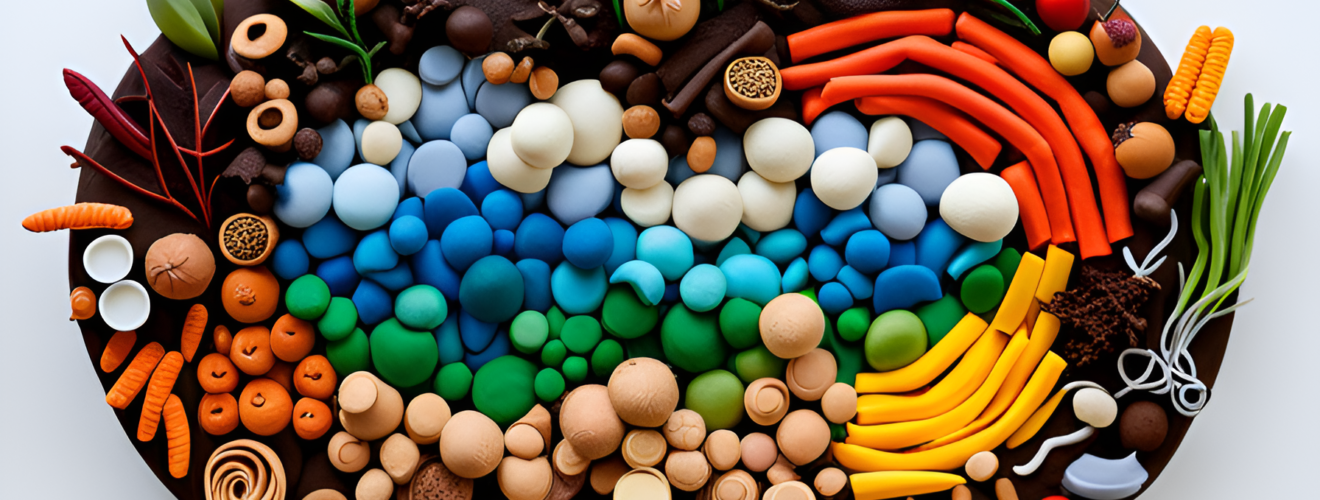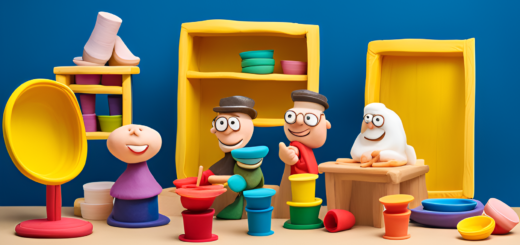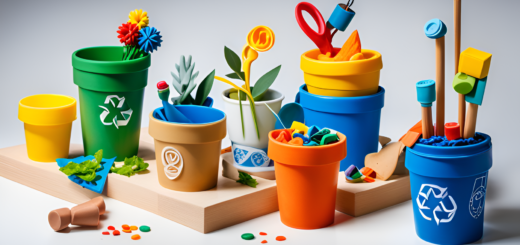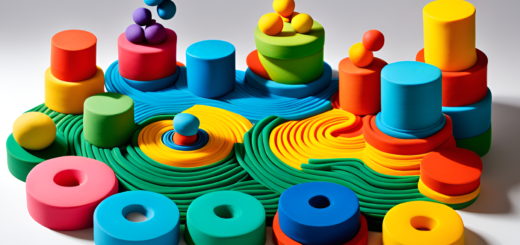The Benefits and How-Tos of Composting in Australia

In this article, we are going to have a good yak about a topic close to our hearts and our backyards—composting. As you might already know, composting is a simple and natural process that transforms your kitchen and garden waste into valuable nutrient-rich food for your garden. Not only is composting a great way to recycle organic waste, but it also brings a host of other benefits which we will discuss shortly.
Composting in Australia is a particularly important practice. Our beautiful country, with its unique flora and fauna, can greatly benefit from sustainable practices like composting. So, whether you’re a seasoned composter or just starting to consider it, this guide is for you. Let’s get into it, shall we?
Benefits of Composting in Australia
First off, let’s talk about why composting is such a good idea. For starters, it significantly reduces landfill waste. According to ABC News: Composting in Australia, around half of the rubbish Australians put in the general waste bin could be composted instead.
Next, composting improves soil health and fertility. It’s like a superfood for your garden, enriching the soil with nutrients and helping it retain moisture. This means healthier plants and less water usage—a win-win situation for any Aussie gardener.
Did you know that composting can also help reduce greenhouse gas emissions? When organic waste ends up in landfill, it decomposes anaerobically (without oxygen), producing methane—a potent greenhouse gas. Composting at home reduces this methane production. Not to mention, you’ll be saving money on fertilizers and soil conditioners as compost is a brilliant natural alternative.
Aside from these benefits, composting is a key step towards more sustainable living practices. This is where sustainable packaging solutions and innovative recycling solutions come into play. But that’s a yarn for another day.
How to Start Composting in Australia
A. Choosing a Composting Method
Before you jump in, it’s important to consider which composting method suits your lifestyle and needs. Traditional composting is a great choice for most households. It involves creating a compost heap or bin in your garden where waste can decompose over time. For those living in apartments or with limited outdoor space, vermicomposting (using worms to compost) or Bokashi composting (a Japanese method using a special bran to ferment kitchen waste) could be ideal.
B. Setting Up a Composting System
Setting up your composting system doesn’t have to be complicated. You can either build your own compost bin or buy one from a garden supply store. The right location for your compost bin is key—it should be in a shaded area with good drainage.
As for what goes into the bin, it’s all about balance. You’ll need a mix of ‘green’ materials (like vegetable scraps and coffee grounds) for nitrogen, and ‘brown’ materials (like dry leaves and newspaper) for carbon. Don’t stress too much about the specifics though—the critters doing the composting aren’t too picky! For more detailed instructions, check out this Sustainability Victoria: Composting in Australia guide.
C. Maintaining a Composting System
Once your composting system is up and running, regular maintenance will help keep it thriving. This includes turning and aerating the compost pile to speed up decomposition and prevent odour. It also means continuing to add a balanced mix of green and brown materials. If you encounter any hiccups along the way, such as a bad smell or a pile that isn’t decomposing, don’t fret—these are common issues that can often be easily resolved.
What to Compost in Australia
Now let’s get to the fun part: what can you actually throw in the compost bin? A lot more than you might think! Food scraps are a definite yes. This includes fruit and vegetable peels, coffee grounds, tea bags, eggshells, and even old bread. Garden waste like grass clippings, leaves, and small branches can also be composted. Paper and cardboard are another surprising addition to the compost heap, just make sure they aren’t coated in plastic.
Keep in mind that composting isn’t just about reducing waste—it’s also about creativity. You’ll find plenty of inspiration for using your compost in upcycling art projects in Australia. Who knew that going green could also spark your artistic side?
What Not to Compost in Australia
While composting is a fantastic way to recycle organic waste, not everything belongs in the compost bin. Meat and dairy products, for example, should be avoided as they can attract pests and create unpleasant odours. Diseased plants are another no-no, as they can spread diseases to other plants when the compost is used. Pet waste should also be left out of the compost pile, as it can contain harmful parasites.
Remember, the goal of composting is to create a rich, healthy soil additive. So it’s important to only include materials that will contribute to that end result. For a comprehensive list of what not to compost, take a look at this CHOICE: How to Compost in Australia guide.
Conclusion
So there you have it—composting in Australia is not only doable, but it’s also hugely beneficial. From reducing landfill waste and greenhouse gas emissions to improving soil health and saving money, the benefits of composting are clear. Plus, it’s a great way to contribute to a more sustainable future for our beautiful country.
We hope this guide has given you a good grounding in the basics of composting and has inspired you to give it a go. Remember, every bit of waste that you compost makes a difference. So why not start today? Your garden, your wallet, and our Aussie environment will thank you for it.



